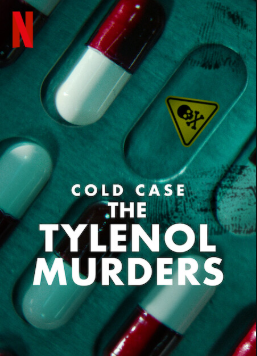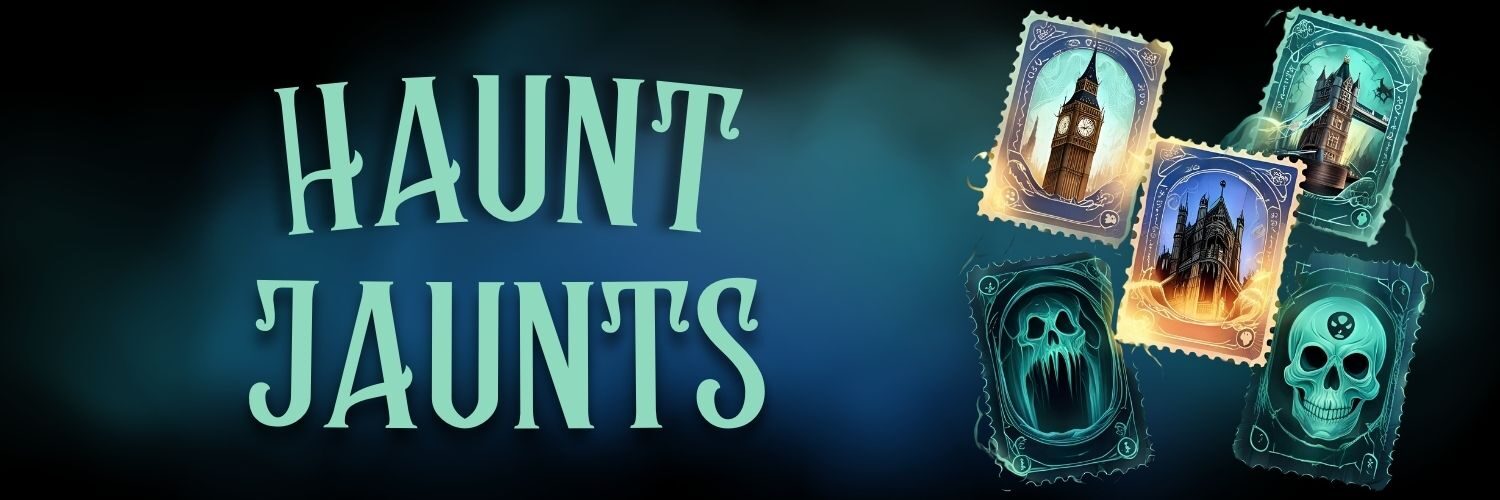
Who’s the real boogeyman behind the Tylenol poisonings of the early 1980s? Was it James Lewis, the man who sent an extortion letter to Johnson & Johnson demanding $1 million to make the killings stop? Or was it the company itself? Were their safety protocols not as sound as they thought, and did they cover it up? Or was the culprit someone else entirely, who remains anonymous to this day?
That’s just among the few things I wondered after watching Netflix’s latest true crime documentary, Cold Case: The Tylenol Murders. Maybe you had some of the same questions, or perhaps even different ones? Let’s explore the ones I found the most haunting.
The Tylenol murders are a cold case?
I’m not going to lie. I probably would’ve passed on the three-part docuseries if not for The Guardian’s review of it. Initially, this struck me as one of those cases that have been covered ad nauseam to the point of boredom. (For me, Lizzie Borden ranks as one of those. Same goes for the Menendez Brothers and O.J. Simpson. Ruby Franke is quickly joining the ranks too.)
However, once I thought about it, I realized I knew diddly about it. Especially because I had no idea why they’d title the series a cold case. Hadn’t they arrested the guy who did it?
Yes. They arrested someone in connection with the case, James Lewis. However, as mentioned above, that was for an extortion letter he sent. They never directly connected him to putting the cyanide in the pills.
Huh. I’d always thought it was solved, case closed.
Then again, I had just turned 12 when all of this first went down. We lived in Denver, Colorado, at the time, but my mom and dad freaked out because family still lived in and around the Chicago area, where all the deaths were reported. I remember my dad begging my aunt, his sister, to throw out any Tylenol to be safe once that detail hit the news.
But then they caught the guy, and I thought all was well. This documentary clearly showed I was very wrong on that front.
How many people really died after taking cyanide-laced Tylenol back then?
One of the most compelling witnesses in this documentary was Michelle Rosen, whose mom was one of the victims. She has ruthlessly pursued the truth for the last 15 years, trying to answer once and for all, “Who did it?” (She doesn’t believe James Lewis did.)
In the documentary, she raised a chilling point I had never heard mentioned before. (Then again, I’ve already proved I didn’t know much about the case.) How many victims were there really?
“I believe we don’t know how many bottles were out there,” Rosen said. “We have no idea how many other people died. Because let me ask you something. What are the chances that seven healthy people between the ages of 12 and 35, they were the only victims? How many old people died? How many people were driving a car, took two capsules, and went into seizure and crashed?”
Coroner Pete Seikman said, “There could be more victims to this that we never knew about, because a cyanide test is very rarely done in a normal autopsy toxicology screen. In a case of an elderly person, if there was nothing else suspicious, it could absolutely be missed.”
Rosen’s mom’s death had initially been ruled a brain aneurysm. But because there were three deaths in one family that raised suspicion, they went back to look into her case.
I found myself agreeing with her logic when she said, “So, to me, the evidence would show that there’s many more bottles out there.”
Is James Burke rolling in his grave? The Tylenol Murders does not make Johnson & Johnson look very good.
The documentary revealed how James Burke, the CEO of Johnson & Johnson at the time of the murders, worked very hard to save the company’s public image when the deaths happened. He was, as I’m sure all the executives were, painfully aware they had a company-sinking PR crisis on their hands.
At first, Burke said there’s no way cyanide entered from within Johnson & Johnson. They didn’t use cyanide or have it on hand. False.
But then it came out they did, and they allegedly tested some 8 million pills, with only a small fraction of those coming back to show any cyanide residue.
The documentary included the following statement: “The FDA investigation concluded that potassium cyanide stored at McNeil (Lab)’s plants did not match the trace element pattern found in the poisoned capsules.”
Wait. Johnson & Johnson conducted its own investigation? Sure, it seems like the FBI and such was clued in, but there was no outside CSI brought in from the sounds of it.
Of course, this was the ’80s. There were no outraged social media users putting pressure on the powers that be, like there would be today.
Still. It doesn’t look good. Especially, as author Nicholas Mennuti put it, “Would you let a suspect perform their own investigation? No. There’s gonna be a lot of bias there, and you’re not gonna know.”
What about the DNA?
Partial DNA was obtained from at least one of the capsules. We all know back then, DNA testing wasn’t what it is now. But apparently they still have it on file.
Was it run through CODIS (the Combined DNA Index System)? If it was mentioned, I don’t remember hearing that. I also don’t remember who said that if the DNA at all incriminated Lewis, they’d have come forward by now with that information. Was it Lewis himself? His defense attorney? Mennuti? One of the investigators? If you know, please leave a comment.
But I remember the point they were making about the DNA. If they know it isn’t Lewis’s, they’re keeping it quiet because they don’t want to admit they have been barking up the wrong tree all these years.
Cover-up conspiracy theory?
Johnson & Johnson perhaps not being on the up and up about where and how the cyanide made it into their pills. The DNA possibly clearing Lewis…or at least not incriminating him. The Tylenol Murders presented a case that made it very easy to buy into a cover-up conspiracy theory.
Or does it actually reveal a case of a bungled investigation on multiple levels where no one purposely meant to cover up anything?
I don’t know, but again, it doesn’t look stellar for Johnson & Johnson or anyone associated with the original investigation.
Who’s the real boogeyman?
Big pharma? A lone wolf like Lewis? Some other anonymous disgruntled worker? If it wasn’t Lewis, who has since passed, is whoever did it still alive?
Will we ever know who did it?
I don’t know. Michelle Rosen moved me, and I really liked her. If anyone can discover the truth, she has the motivation and tenacity to do it. Let’s hope she does and that nothing like the Tylenol murders ever happens again.
Check-In
Which well-known case are you so over that you ignore any new documentaries or shows about it?
Courtney Mroch is a globe-trotting restless spirit who’s both possessed by wanderlust and the spirit of adventure, and obsessed with true crime, horror, the paranormal, and weird days. Perhaps it has something to do with her genes? She is related to occult royalty, after all. Marie Laveau, the famous Voodoo practitioner of New Orleans, is one of her ancestors. (Yes, really! As explained here.) That could also explain her infatuation with skeletons.
Speaking of mystical, to learn how Courtney channeled her battle with cancer to conjure up this site, check out HJ’s Origin Story.
